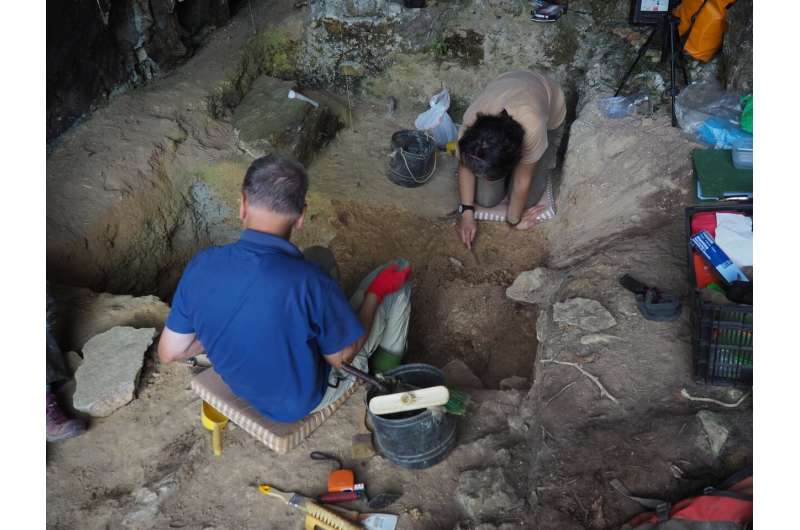Spatial methods for identifying unusual accumulations at Paleolithic sites

A collaboration between researchers at the Centro Nacional de Investigación sobre la Evolución Humana (CENIEH) and the Human Evolution Research Center (HERC) of the University of California at Berkeley has allowed a study to be published in the Journal of Archaeological Method and Theory, which reviews the traditional and more innovative methods for identifying unusual horizontal concentrations of archaeological materials at Paleolithic sites, verifying data both for caves and in the open air.
In addition to reviewing the existing methods, with their advantages and limitations, this study also conducted an identification of significant accumulations at specific sites, which could tell us about the distinct uses made of the space by human groups, as well as the site formation processes. This work helps us to a better understanding of site function and internal arrangement, with a view to elucidating the settlement patterns and economic and social organization of Paleolithic societies.
This type of investigation using spatial analysis techniques has been under way over the last few decades through different methods, but it is enjoying a new lease of life recently thanks to the combination of GIS (Geographical Information Systems) environment methods and spatial statistics tests, which pick out the significant clusters of archaeopalaeontological materials.
"We started to apply these kinds of test to Paleolithic sites at the CENIEH Digital Cartography and 3D Analysis Laboratory in 2016, and since then they have become widely used at sites all over the world", says the geologist Alfonso Benito Calvo, one of the study's co-authors.
This work is led by Laura Sánchez-Romero, postdoctoral researcher at the HERC, whose doctoral thesis put forward a unified spatial analysis methodology for Paleolithic sites, independently of their context, the origin of the data, chronology or method of excavation.
More information: Laura Sánchez-Romero et al. Defining and Characterising Clusters in Paleolithic Sites: a Review of Methods and Constraints, Journal of Archaeological Method and Theory (2021). DOI: 10.1007/s10816-021-09524-8
Provided by CENIEH





















